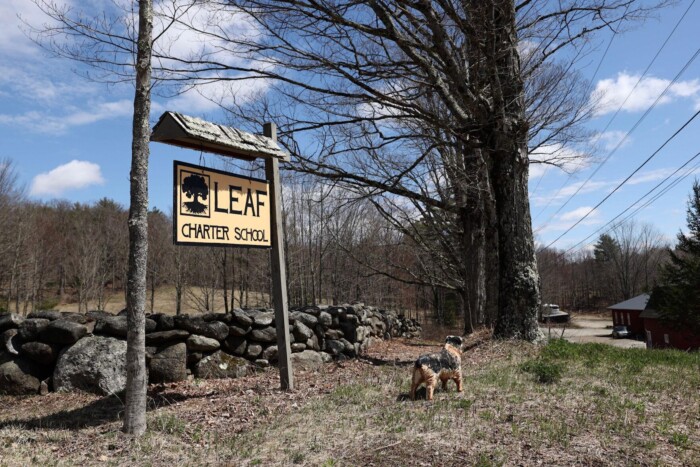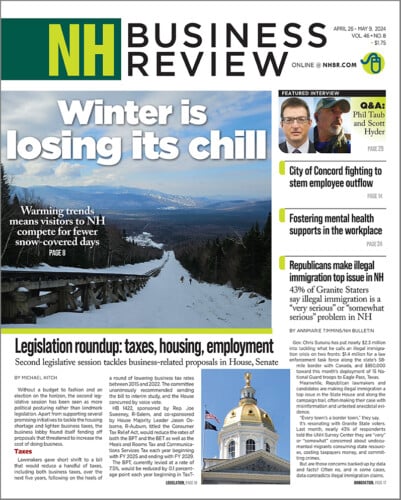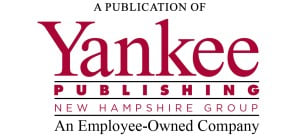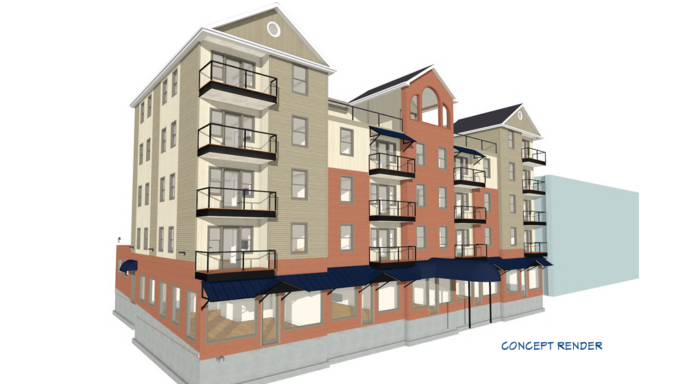Freight railroad awarded $9.6m to upgrade rail lines
Funds from the Federal Railroad Administration used to enhance the St. Lawrence and Atlantic Railroad
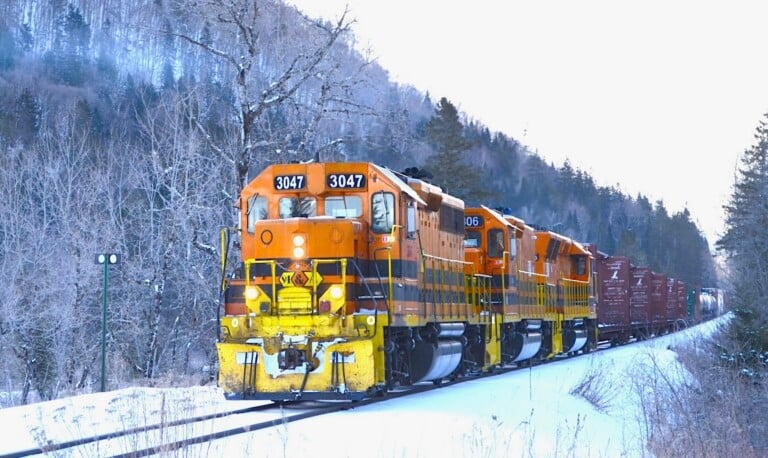
The rehabilitation and upgrade of the St. Lawrence and Atlantic Railroad (SLR), which carries freight across Maine, New Hampshire and Vermont, has neared completion with the award of $9.6 million from the Federal Railroad Administration to be matched by the three states and the railroad.
The project is among 70 projects in 35 states funded by the infrastructure package of the the Biden Administration through the Consolidated Rail Infrastructure and Safety Improvement Program.
The SLR is among 122 short-line railroads operating in the United States, Canada and Europe, owned by Genesee & Wyoming, Inc., headquartered in Darien, Connecticut. The SLR operates on 162 miles of track between Auburn, Maine, and Norton, Vt., where it joins the St. Lawrence and Atlantic Railroad (Quebec) and carries on to Montreal.
There are 70 miles of track in Maine, 58 in New Hampshire and 34 in Vermont. In New Hampshire, the line runs from Shelburne on the Maine border to the Connecticut River Bridge in Stratford with service to Gorham, Berlin, Stark, Groveton and Stratford.
Charles Hunter, assistant vice president, government affairs of Genesee & Wyoming, Inc., described the project as a public-private partnership that has proceeded incrementally along the entire length of the line, leaving some 7.5 miles to be rehabilitated.
The project consists of replacing 100-pound bolted rails, including some laid in the 1940s and 1950s, with 115-pound continuous welded steel rails, as well as installing new ties and renewing the ballast to bring the track up to industry standards. Three grade crossings will also be upgraded. The improvement of 7.5 miles of track remains to complete the work.
For years, operations have been hampered by aged infrastructure. Hunter explained that the condition of the tracks has limited the weight railcars can carry to 263,000 pounds, below the industry standard of 286,000 pounds, which has left shippers at a competitive disadvantage. When work is complete, trains will carry full loads of 286,000 pounds along the length of the line. However, Hunter said that trains will remain restricted to a 25 mile-per-hour speed limit.

After a length of new rail is installed, it is heated to 90 degrees with a propane-fired flame in order to slightly expand its width, allowing strong, uniform welds to be made. (Photo by Edith Tucker)
Rail connections
The SLR links northern New Hampshire with entire North American rail network. The SLR connects to CSX near Auburn, Maine accessing a rail network of 21,000 miles in 23 states as well as the Canadian provinces of Ontario and Quebec.
In North Stratford, NH, the SLR connects to the New Hampshire Central Railroad (NHCR), which runs 56 miles on state-owned track southward to Groveton, Lancaster and Whitefield where there is an interchange with the Conway Scenic Railway. Through the SLR, its interchange partner, the NHCR connects to three Class 1 railroads: CSX, the Canadian National and Canadian Pacific. “The St. Lawrence and Atlantic is really important to us,” said Ed Jeffrey, president of the NHCR. “It’s our connection to North American rail system.”
Jeffrey said that since 2000, when Superior Energy Services built a terminal in North Stratford, fuels — propane along with home heating oil, kerosene, diesel and bio-diesel fuel — have represented the largest share of inbound freight traffic, between 150 and 200 cars a year. The company also earns revenue by operating facilities to repair railcars and locomotives under an agreement with the SLR as well as to store and maintain excess railcars.
Despite access to the continental rail network, none of the freight carried by the SLR originates with companies operating in New Hampshire, but instead flows into or through the state from elsewhere. “We are always working with local and state economic development officials in their efforts to attract businesses,” Hunter said.
”The North Country is a tough place to do business,” said Jeffrey, who said the demand for freight rail service shrank with the eclipse of the pulp and paper industry. “There is no heavy manufacturing left,” he said. “It’s all second homes, tourism and light manufacturing.” He said the NHCR has suspended service beyond Whitefield to Littleton in the south and from North Stratford to Colebrook in the north.
Paul Grenier, the mayor of Berlin, noted that firms that shipped by rail, primarily those in the pulp and paper industries, closed some years ago. “No one in the city is using rail,” he said. On the other hand, he hoped the rehabilitation of the railroad might lead to passenger service between Portland and Montreal with a stop in Berlin. However, Hunter underlined that the SLR’s freight line and passenger service is not part of the conversation.
Benoit Lamontagne, the industrial agent for the North Country with the NH Bureau of Economic Affairs, said that the rail system is among the assets he’s stressing as he courts businesses to locate operations in New Hampshire. “It’s a team effort,” he said. “The railroad wants customers and we want jobs. The improvement of the the SLR line is certainly a strong selling point,” he continued, while conceding few firms are interested in locating north of Concord. “I work with prospects in New England, but particularly Canada.”
The SLR originated from the vision of John Poor, a Portland entrepreneur, to steal a march on Boston by linking Portland’s ice-free port to ice-bound Montreal. The railroad was chartered in Maine as the Atlantic and St. Lawrence Railroad in 1845, and six years later the St. Lawrence and Atlantic Railway was chartered in Quebec. Traffic began to flow between Portland and Montreal in 1853 when operations were leased to the Grand Trunk Railway, the system serving Ontario and Quebec as well as New England.


